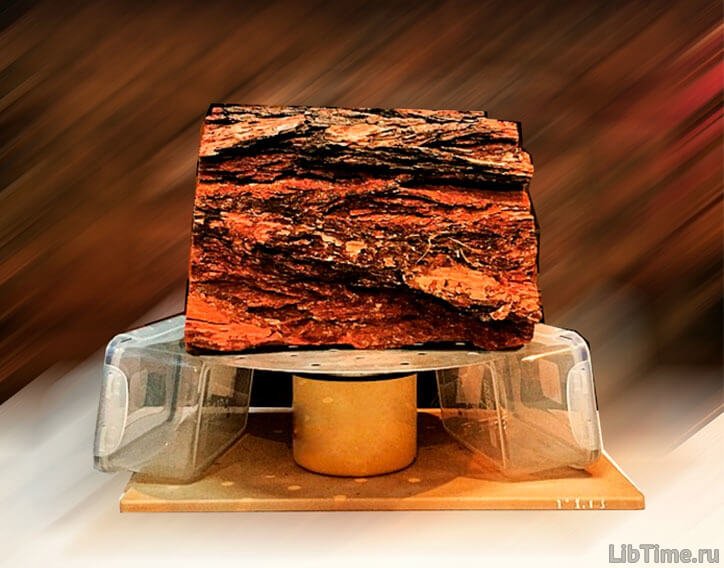Thermoelectric sensors - thermometers
The principle of operation of the millivoltmeter(Fig. 1) is based on the interaction of two magnetic fields: the constant magnetic field of the N-S device and the magnetic field of the frame through which the current from the thermal converter passes.
This is how thermoelectric sensors (thermometers) work. The current strength depends on the temperature of the measurement. The higher the temperature in the object, the higher the thermocouple, and therefore the higher the current.
The force F acting on the frame perpendicular to the direction of the current and magnetic flux is proportional to the length of the active conductors (l), the current (I), the magnetic induction (B), and the sine of the angle between the current and magnetic field: F= nIIV . sin(IB). The forces F act on the frame perpendicular to the length of the conductor (I) and the magnetic field (B) tangentially to the circle with the diameter (d) of the frame. 
Based on this, the torque (Mob) acting on the frame is equal to:Mob = F d = n . I . І . В . d. Simultaneously with the torque, the frame (1) is subjected to a balancing mechanical moment (Mmech) of the beryllium tensile bars (2), which rigidly fix the frame in the magnetic field. The mechanical torque is generated by twisting of the stretchers and is proportional to the rotation angle φ and the specific counteracting torque W.
In the presence of such a counteracting moment, the frame returns to full moment balance: Mob= Mmex= F . d = n . І . І . В . d= φ .W, φ = nBdI/W=KI where K is the sensitivity of the measuring mechanism to current. Thus, the angle of rotation is proportional to the sensitivity of the measuring mechanism and the current that passes through the frame. An aluminum arrow (3) is rigidly attached to the millivoltmeter frame, which is balanced by weights (5).
The position of the arrow on the scale determines the value of the measured value. The operation of the automatic potentiometer (Fig. 2) is based on the compensation method, the essence of which is that the measured temperature of the thermal converter ETP is compensated by the voltage of the measuring diagonal a in the bridge circuit of the potentiometer.
The signals from the ETP thermocouple and the measuring diagonalUaв are connected in series and counter. If Uaв≠Etp, then a difference signal is applied to the input of the ES, which is amplified by an amplifier, and a voltage with a frequency of 50 Hz is applied to the control winding of the reversing motor RD.
The reversing motor moves the slider along the reochord through the reducer, thus compensating for the thermal resistance of the thermal converter until the unbalance signal (∆F-0) completely disappears. At the same time, the RD will stop, and the arrow on the scale of the device will show the measured temperature value. 
For automatic correction for the temperature of the free ends of the thermocouple, a copper resistorRM is included in the bridge circuit of the potentiometer. All other resistors in the circuit are manganese. The potential of point "a" corresponds to the potential of the working end of the thermal conductor, and the potential of point "b" corresponds to the potential of its free ends.
The industry produces millivoltmeters of the following types: Sh-69003, Sh-69004, Sh-4500, Sh-4540, Sh-4541, MVU6-41, Sh-4540, Sh-4541, M 1730, M 1530, as well as automatic potentiometers, both indicating CPP and KVP, and self-recording KSP-1, KCII-2, KCII-4, DISK-250, RP-160, etc.
Accuracy classes of millivoltmeters are 1.0, 1.5, 2, 2.5; and automatic potentiometers are 0.25, 0.5, 1.0.


